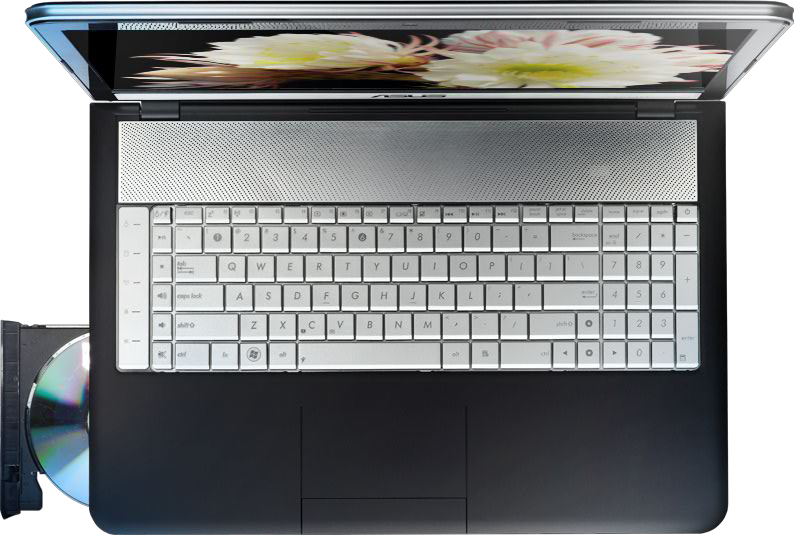
- TARGETS PLATFORM AUDIOPHILES ADDING 24BIT QOBUZ 320KBPS
- TARGETS PLATFORM AUDIOPHILES ADDING 24BIT QOBUZ PLUS
- TARGETS PLATFORM AUDIOPHILES ADDING 24BIT QOBUZ DOWNLOAD
If no compression algorithm (or codec) has been used to compress the audio within your particular file, two things happen: lossless (though not necessarily hi-res) sound quality, and pretty soon a storage warning on your device. The term covers only how much data has been thrown out during the encoding process and, as a result, how much quality or “loss” you will experience when you play it. Here's the thing: where hi-res audio is defined as music that has a resolution higher than CD quality, lossless audio has no set specification in terms of bitrate. While the terms 'lossless' and 'hi-res' may be used in close connection – Apple Music has launched Lossless and Hi-Res Lossless labels and, to complicate matters further, Amazon Music prefers the terms HD and UHD when referring to its more premium audio offerings – music that is 'lossless' is not always hi-res. Hi-res vs lossless: what's the difference? High-resolution audio: everything you need to know.
TARGETS PLATFORM AUDIOPHILES ADDING 24BIT QOBUZ DOWNLOAD
And isn't that what we want?Īlthough hi-res audio songs and albums have been available to download for several years now, streaming hi-res audio is relatively new across popular music subscription platforms – and some still don't offer it. Provided your system is transparent enough, playing hi-res music can bring you more detail and texture, thus bringing you closer to what the artist wanted to say when they recorded their work. The hi-res 24-bit/96kHz or 24-bit/192kHz files should, therefore, more closely replicate the sound quality the musicians and engineers were working with in the studio. Music CDs are 1411kbps – remember, they're your starting marker for hi-res.

A 24-bit/192kHz file takes that to 9216kbps. The highest quality MP3 has a bitrate of 320kbps. To illustrate why hi-res should sound better than, say, an MP3, we need simply to compare the relative bitrates (the amount of information being transferred measured in kilobits per second). Obviously, this affects the sound quality. This 'lossy' compression means that certain data is scrapped in the encoding process for the sake of convenience and smaller file sizes.

TARGETS PLATFORM AUDIOPHILES ADDING 24BIT QOBUZ 320KBPS
Streams from Spotify and Apple Music use compressed file formats with relatively low bitrates, such as 320kbps Ogg Vorbis streams on Spotify Premium (if you're a Spotify Free user, your file quality will actually max out at 160kbps) and 256kbps AAC files on Apple Music. In numbers, it's a jump from 96dB to 144dB, which is huge. Going from 16 bits to 24 bits results in a massive increase of dynamic range, which is the gap between the quietest and loudest sounds that can be captured. The first number is bit-depth, which indicates the number of 'bits' of information present in each sample of the signal. The higher the sampling rate, the more times the audio signal has been sampled, and thus the more detail resolution you get. Sampling rate – the second number – refers to the number of times per second that the wave is measured during the analogue-to-digital conversion process. So what do the numbers mean? It might help to think of an audio signal as a sound wave being plotted on a graph. So a hi-res file can be 24-bit/44.1kHz, where bit-depth is higher than CD quality but sampling rate is the same, and vice versa. It also has a £250 ($250, AU$300) annual subscription called Studio Sublime that combines hi-res streaming with discounts on 24-bit download purchases.įirst things first, should you care about hi-res streaming? High-resolution (often shortened to 'hi-res') audio is a term used to describe music files that have a higher sampling frequency and/or bit depth than that of CD-quality, which is specified at 16-bit/44.1kHz. Qobuz, which was actually first to the hi-res streaming game (except in Australia, where it only launched in 2021) is still kicking about with a £15 ($15 and now, AU$25) per month hi-res service.
TARGETS PLATFORM AUDIOPHILES ADDING 24BIT QOBUZ PLUS
So, is Tidal HiFi Plus the answer? It's certainly one answer, but there are other options. More recently, Tidal actually split its membership options into HiFi (with a resolution cap of 1411kbps, aka CD-quality streams) and HiFi Plus, offering up to 9216kbps along with Dolby Atmos and Sony 360 Reality support, for the top-tier £20 fee. Since January 2017, its £20 ($20, AU$24) per month tier has granted access to hi-res (typically 24-bit/96kHz) Tidal Master streams, encoded using MQA (Master Quality Authenticated) technology. It is our favourite service, too, and holder of a 2021 What Hi-Fi? Award in the music streaming service category.

Tidal is perhaps the most established in this realm.


 0 kommentar(er)
0 kommentar(er)
